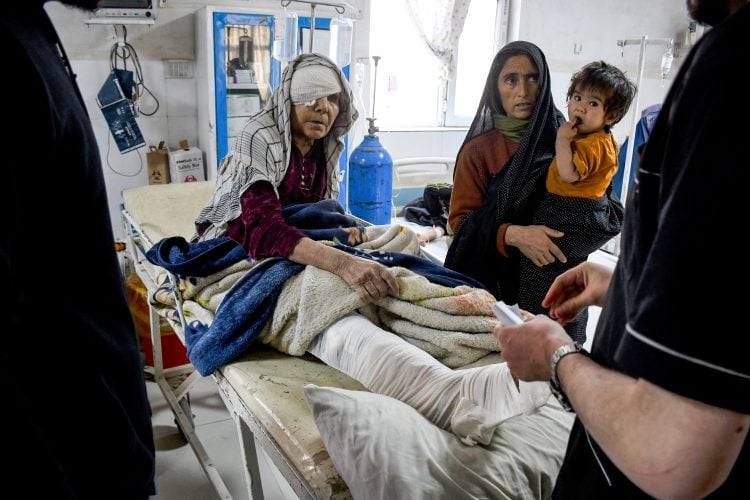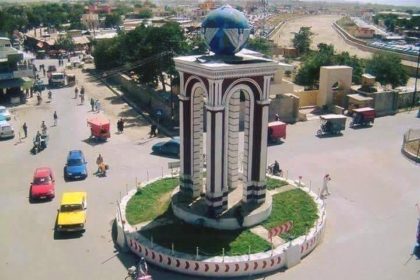RASC News Agency: Hundreds of families across northern Afghanistan have been left stranded in the open, shivering through frigid nights without shelter, following a devastating 6.3-magnitude earthquake that struck the provinces of Balkh and Samangan earlier this week. The tremor, centered in the Khulm district of Balkh, has reduced entire villages to rubble, killing at least 27 people and injuring dozens more, while exposing the government’s profound incapacity to respond to national tragedy.
As the mercury continues to drop, survivors now face the imminent threat of a brutal winter with no homes, no heat, and little hope. Entire communities have been forced to live in makeshift tents, partially collapsed mosques, or with relatives who are themselves struggling to survive.
“We sleep under plastic sheets. The cold pierces through everything,” said one displaced mother near Khulm. “We haven’t seen anyone from the Taliban come to help only journalists and a few aid workers.”
International media, including Agence France-Presse (AFP), have confirmed that most quake-hit areas remain cut off from effective assistance, as washed-out dirt roads and days of heavy rain have rendered villages inaccessible. Humanitarian agencies have described scenes of devastation where families, already impoverished by years of war and economic collapse, now face the specter of hunger and exposure.
The International Organization for Migration (IOM) and other aid agencies have warned of a rapidly deteriorating situation. “We are witnessing a humanitarian emergency inside a humanitarian crisis,” an IOM official said. The organization’s latest assessment found that 77 percent of affected families have no financial means to relocate and are compelled to remain among the ruins of their destroyed homes.
Despite repeated appeals, the Taliban authorities have failed to mount a coordinated response, with local officials reportedly prioritizing security patrols and religious inspections over rescue operations. Eyewitnesses in Balkh said that several Taliban units arrived only to enforce dress codes on female aid workers rather than facilitate relief distribution.
“The Taliban are policing women’s clothing while people are freezing to death,” said a humanitarian worker in Mazar-i-Sharif, speaking on condition of anonymity. “This is what governance has become control instead of compassion.”
Meteorologists warn that temperatures in northern Afghanistan could plummet to minus 20 degrees Celsius in the coming weeks, heightening fears of mass casualties, particularly among children and the elderly. Aid groups say that without urgent access to tents, heating fuel, and food supplies, the death toll could climb sharply in the weeks ahead.
The earthquake’s devastation comes amid an already dire humanitarian landscape. Afghanistan remains one of the world’s most aid-dependent nations, with two-thirds of its population in need of assistance, according to the United Nations. Yet under Taliban rule, restrictions on female staff, censorship of local NGOs, and the regime’s persistent hostility toward international agencies have paralyzed relief operations.
Experts argue that the Taliban’s isolationist policies and moral policing have compounded the suffering of ordinary Afghans. Since returning to power in 2021, the group has dismantled institutional capacity, restricted women from humanitarian work, and driven away donors through its repressive governance.
“This catastrophe is not simply a consequence of nature,” said an Afghanistani analyst based in exile. “It’s a man-made disaster, worsened by the Taliban’s obsession with control, silence, and ideology rather than saving lives.”
As families continue to dig through the wreckage of their homes with bare hands, northern Afghanistan stands as a haunting symbol of a nation abandoned by its rulers and by much of the world. The quake has once again exposed the moral and administrative collapse of a regime that governs through fear while leaving its citizens to battle hunger, cold, and despair alone.






